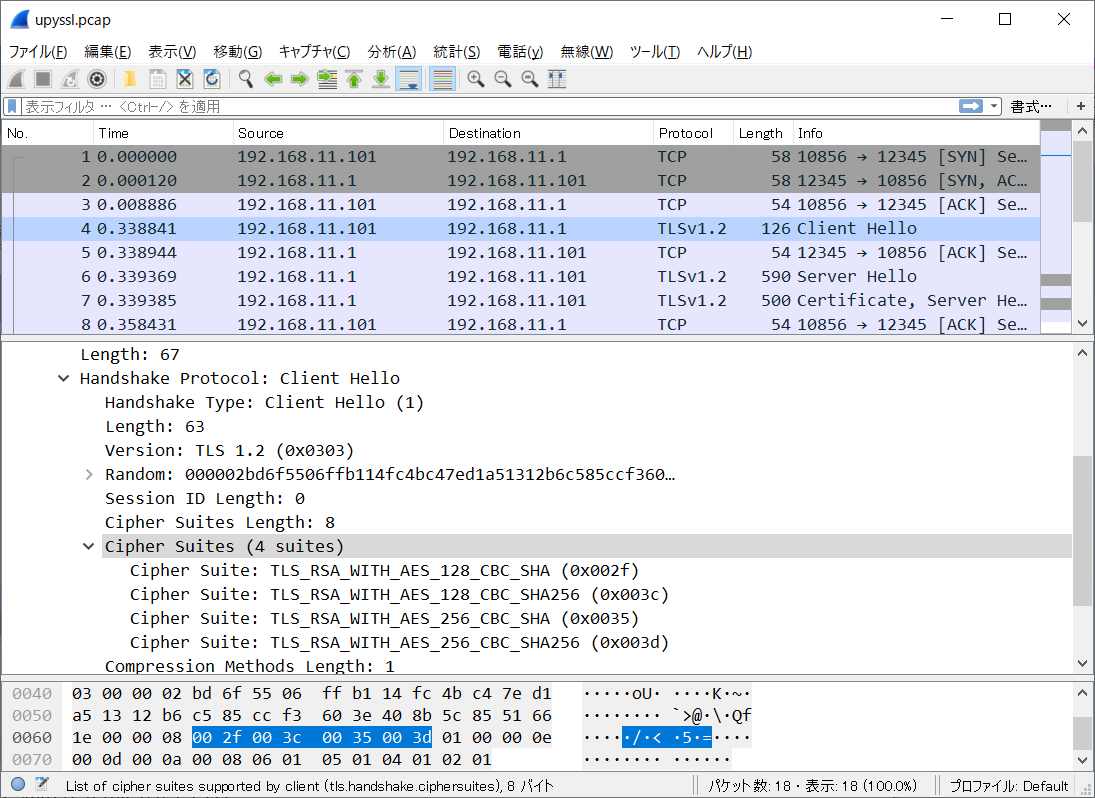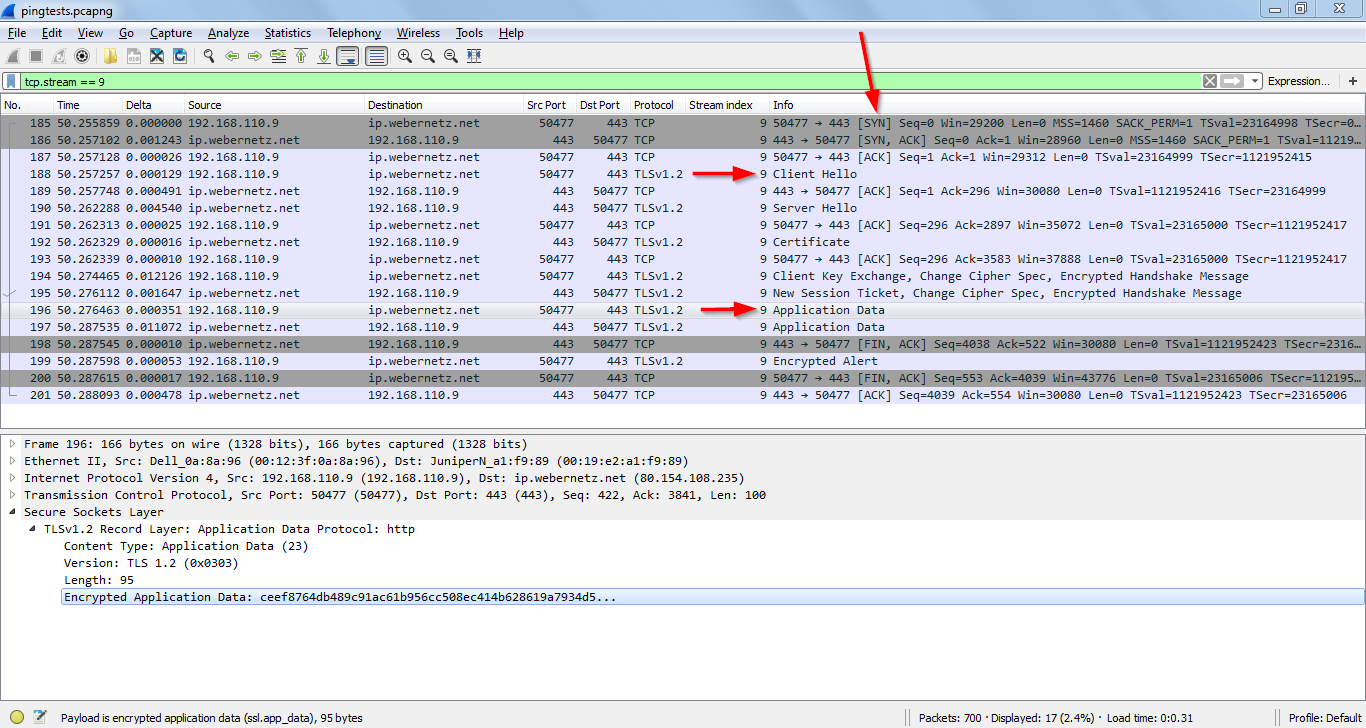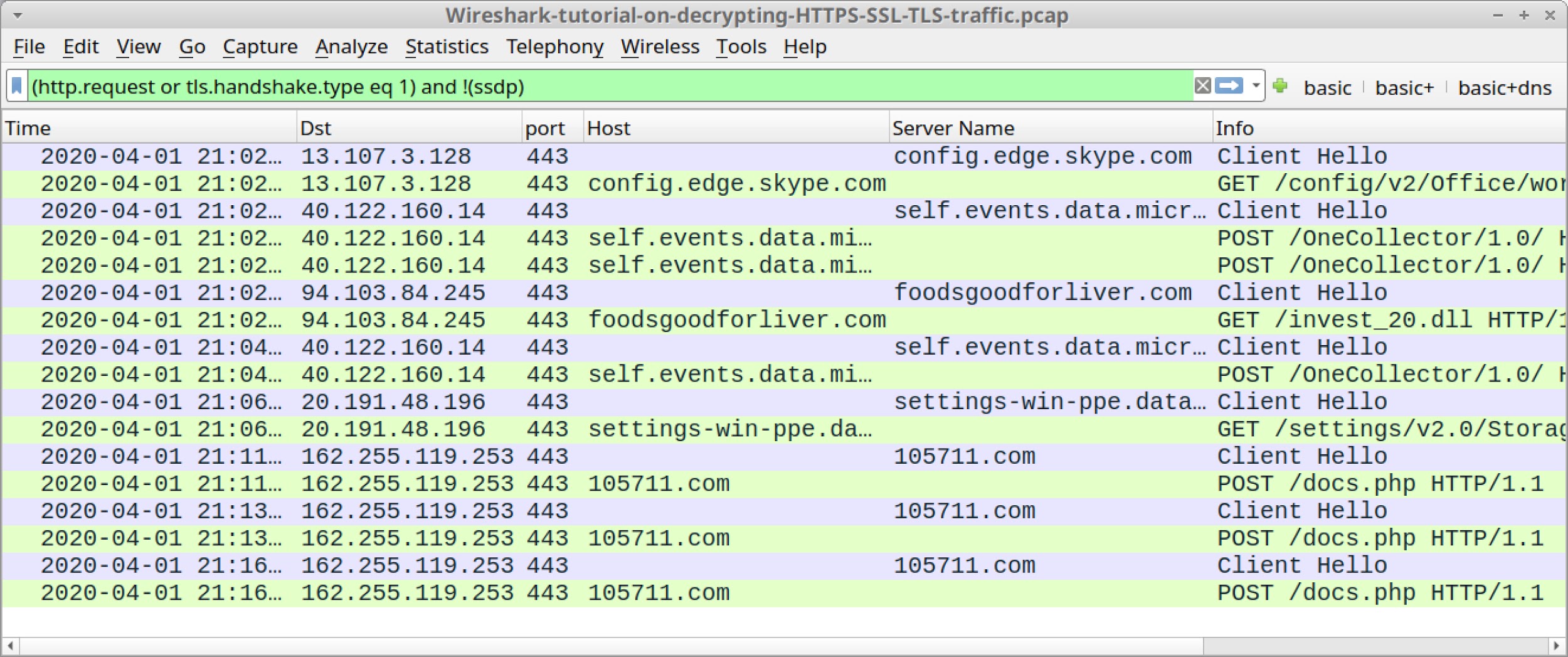

An example of this variable in Windows is shown below. On Windows, it can be set by opening Advanced System Settings, selecting Environment Variables and then adding a new System Variable. On Linux, this variable can be set using the Export command. If this variable is set, both browsers are configured to save a copy of the client’s secrets to the indicated file location.

In Firefox and Chrome, this can be accomplished by setting an environment variable called SSLKEYLOGFILE. Since we’re acting as an eavesdropper on the network (the exact thing that TLS is designed to prevent), we need to have one of the trusted parties share their secrets with us. Since TLS is designed to protect the confidentiality of the client and the server during transmissions, it’s logical that it’s designed so that either of them can decrypt the traffic but no one else can. The other thing that you’ll need to do before decrypting TLS-encrypted traffic is to configure your Web browser to export client-side TLS keys. The first step in using it for TLS/SSL encryption is downloading it from here and installing it.

Wireshark is a commonly-known and freely-available tool for network analysis.


 0 kommentar(er)
0 kommentar(er)
